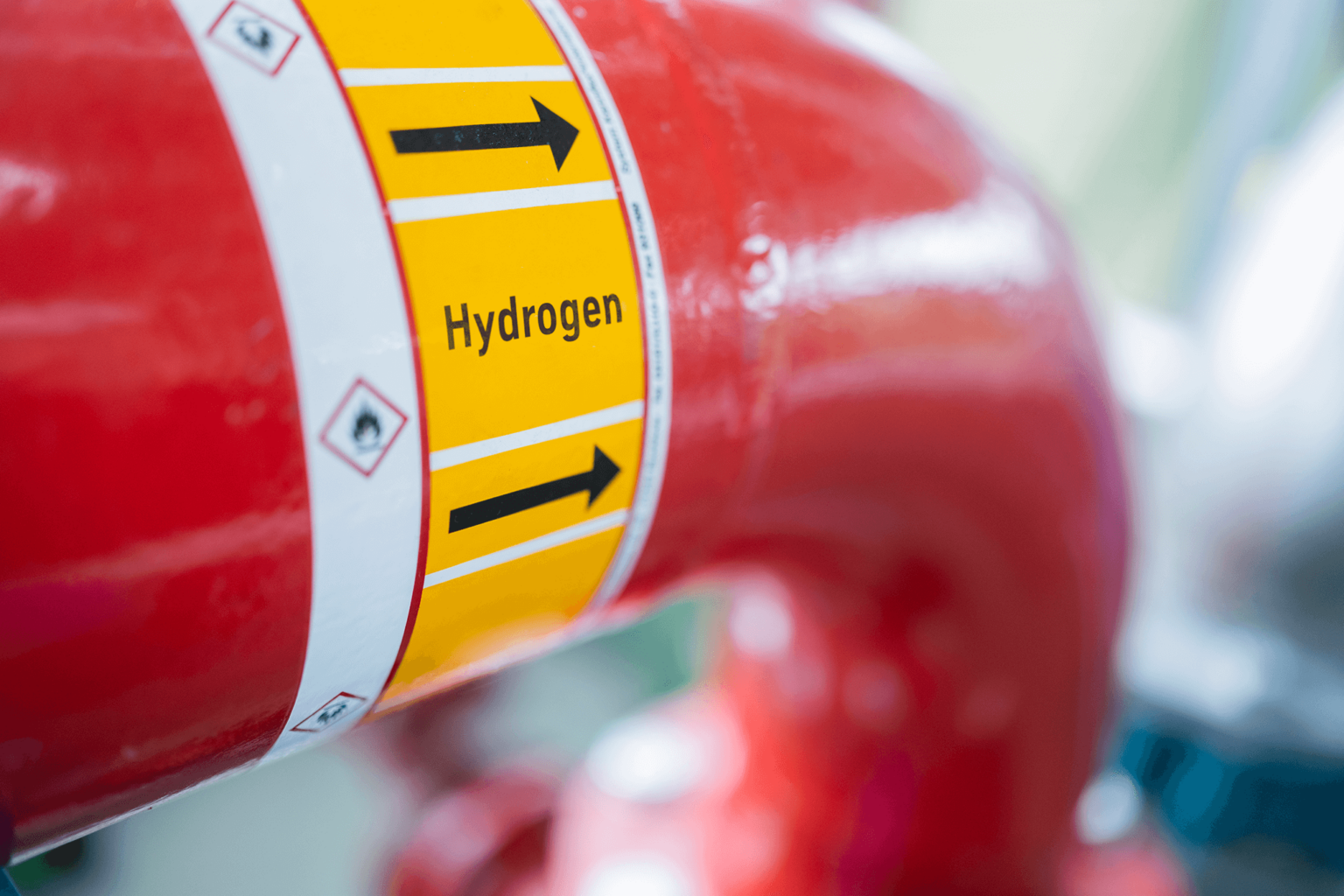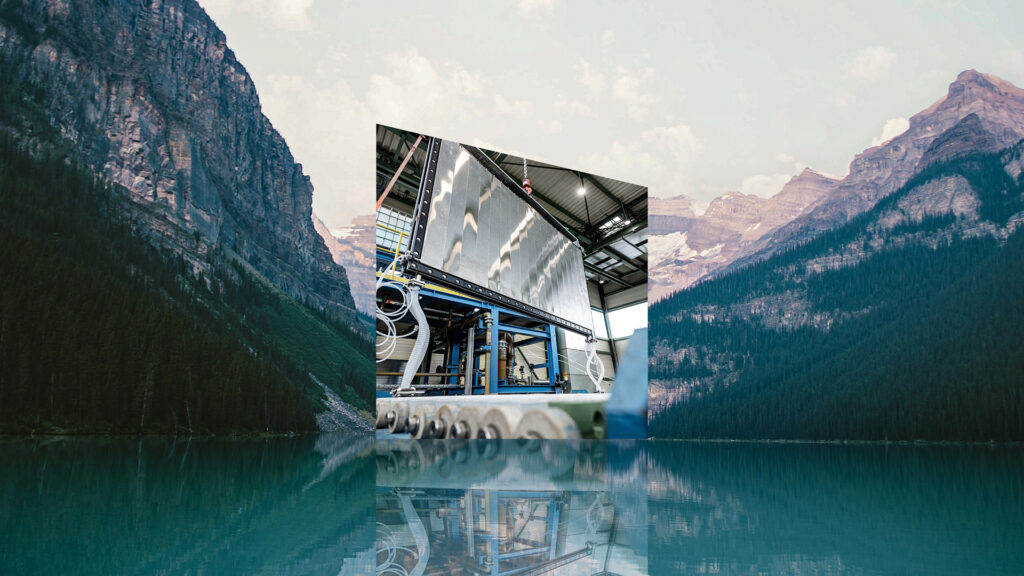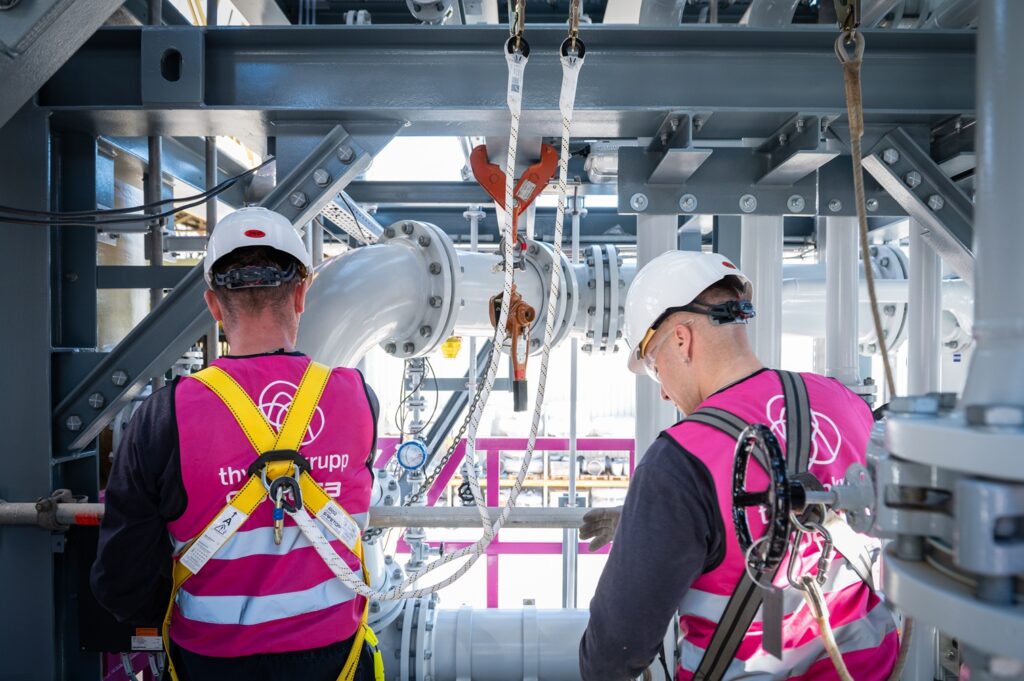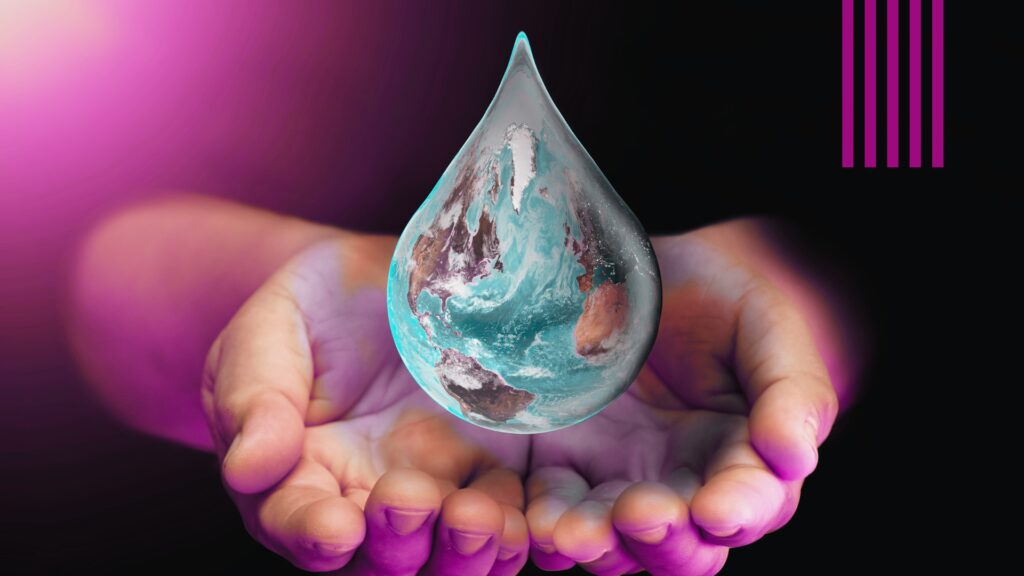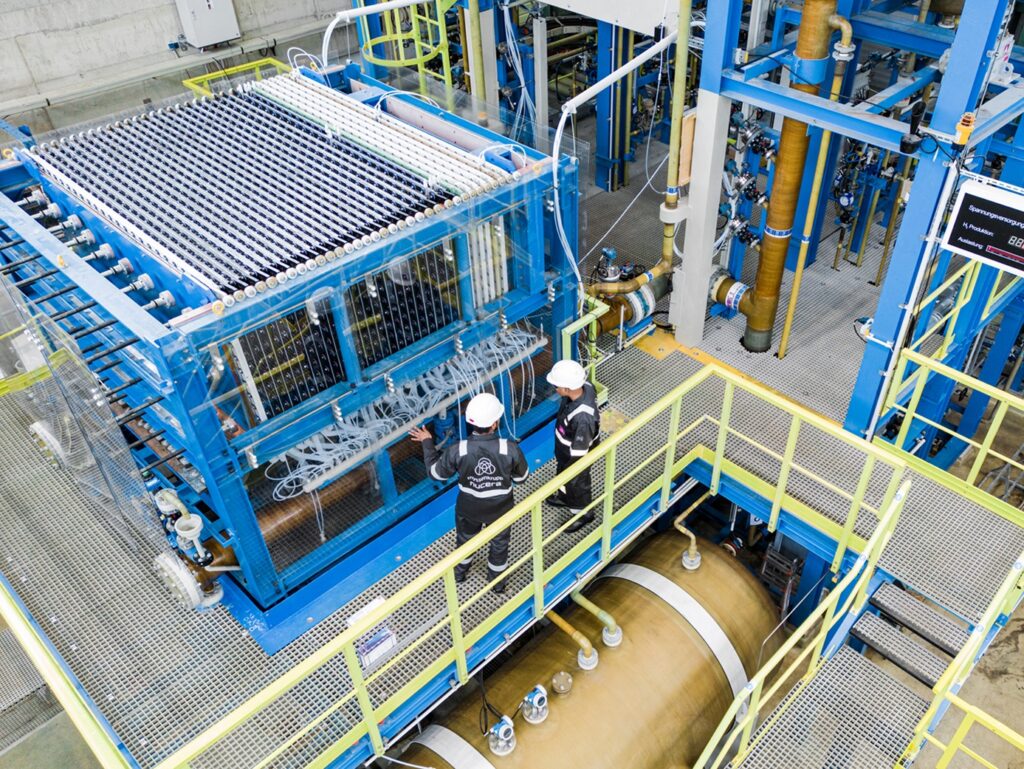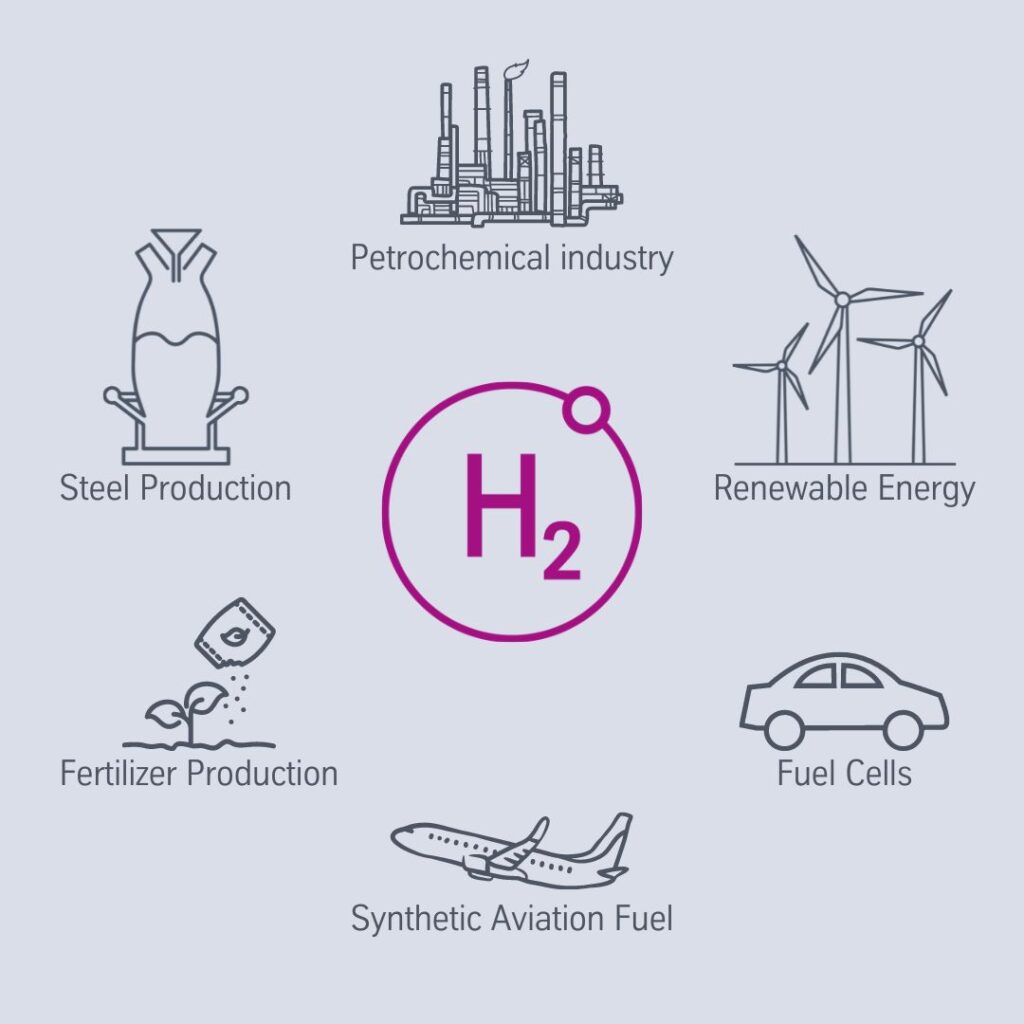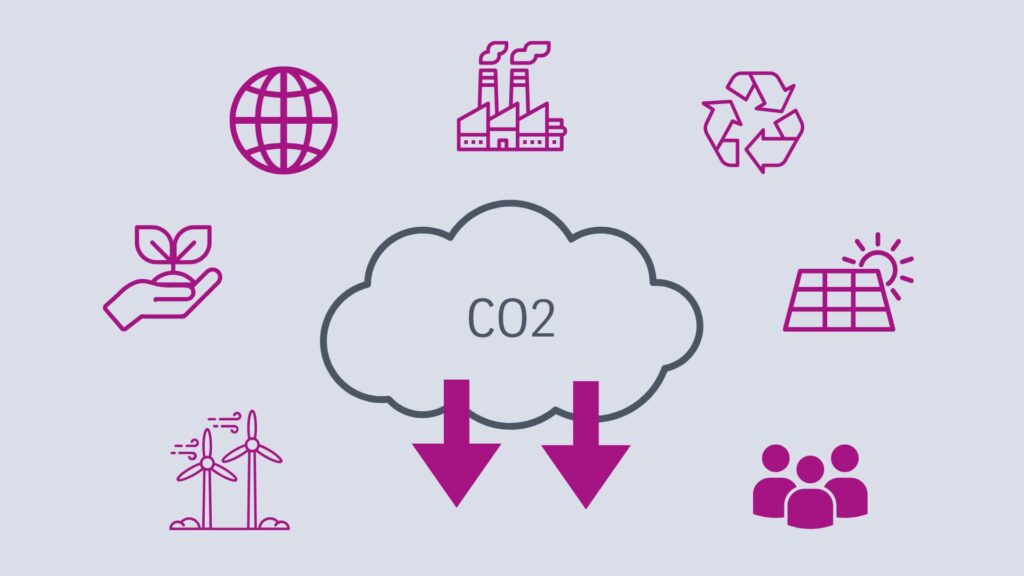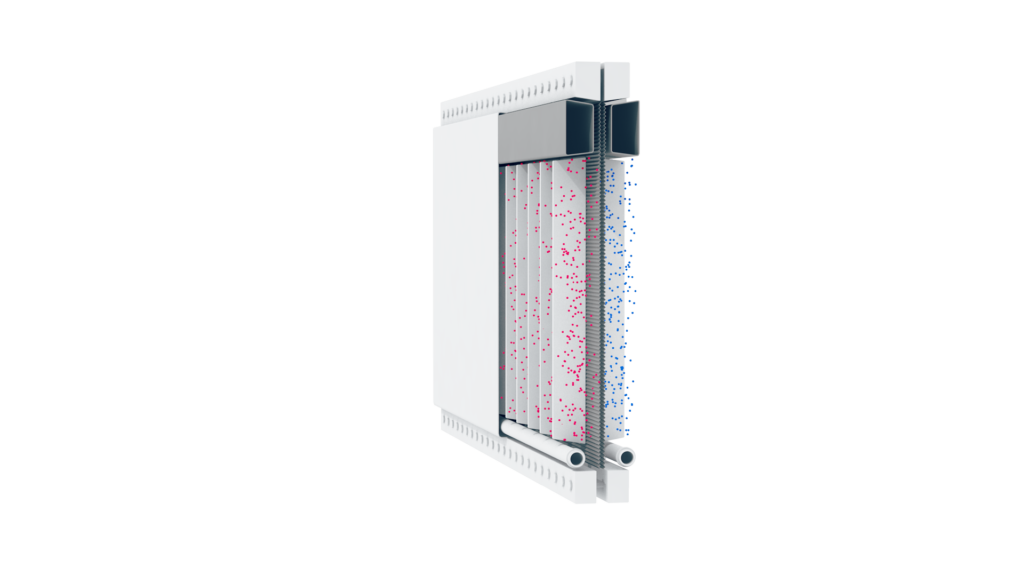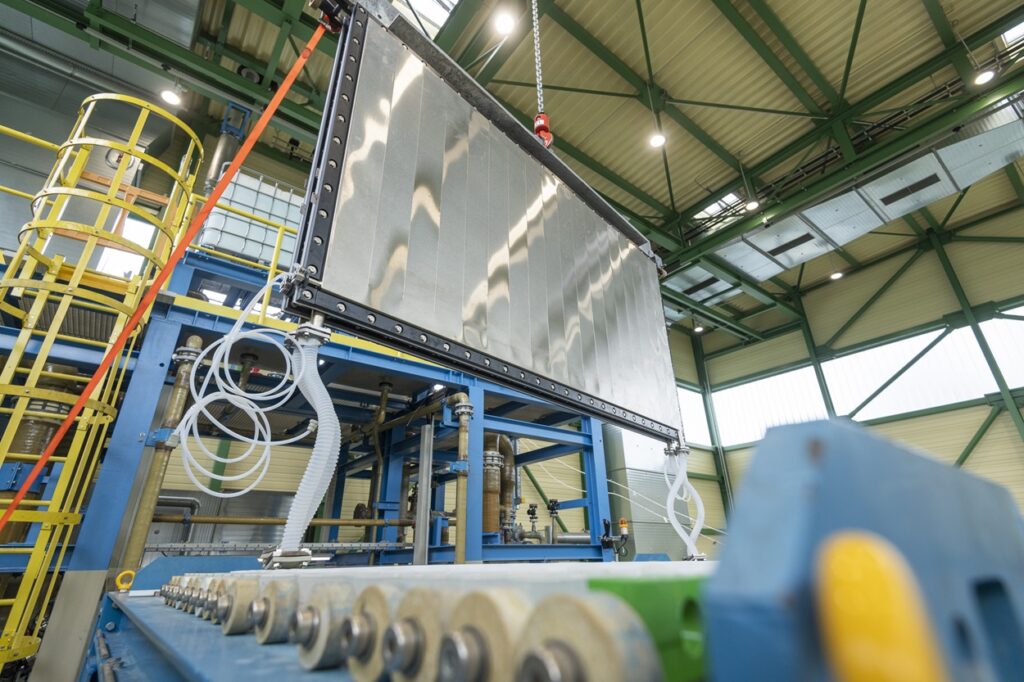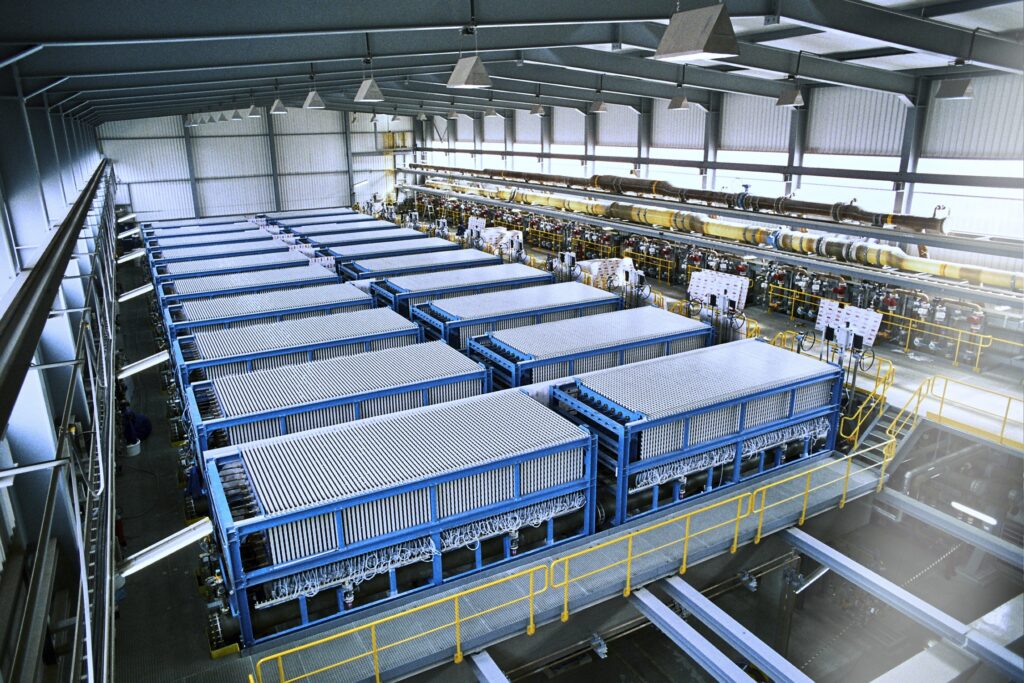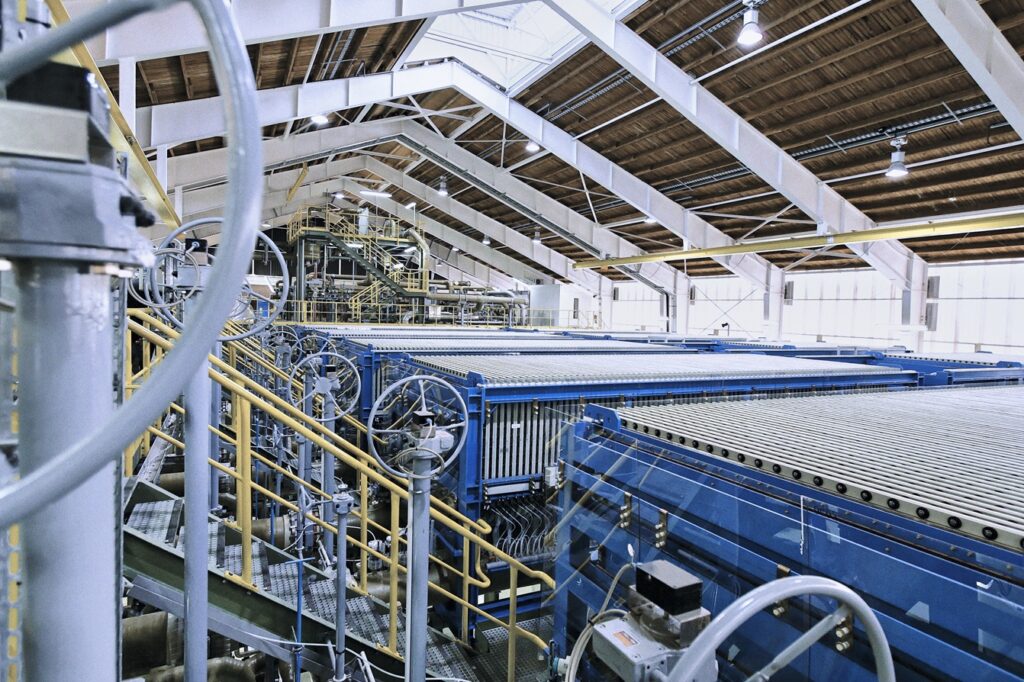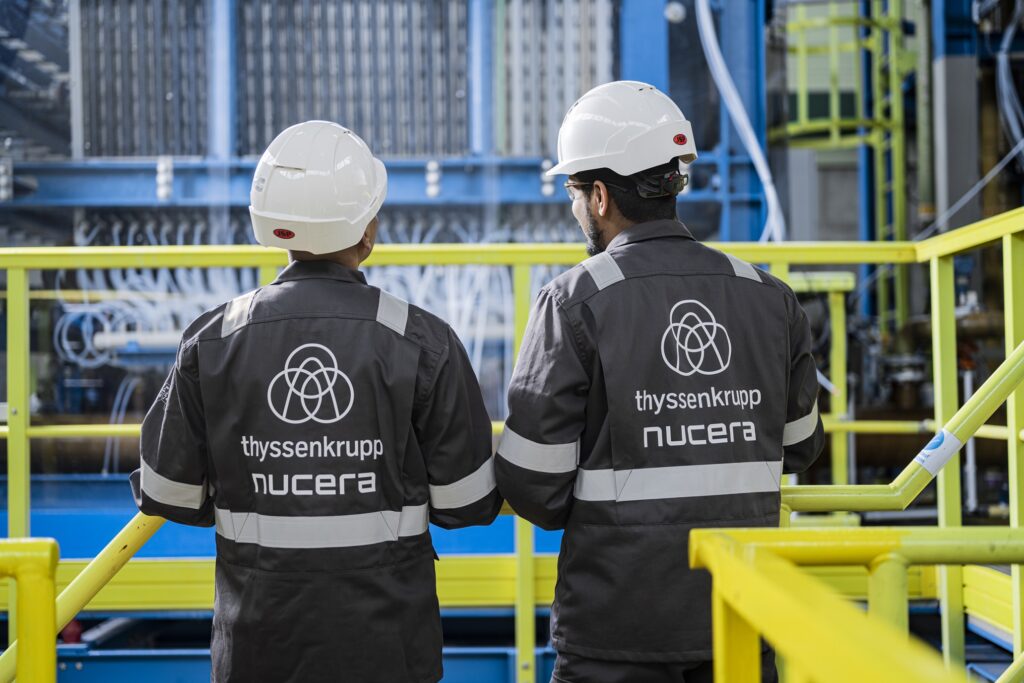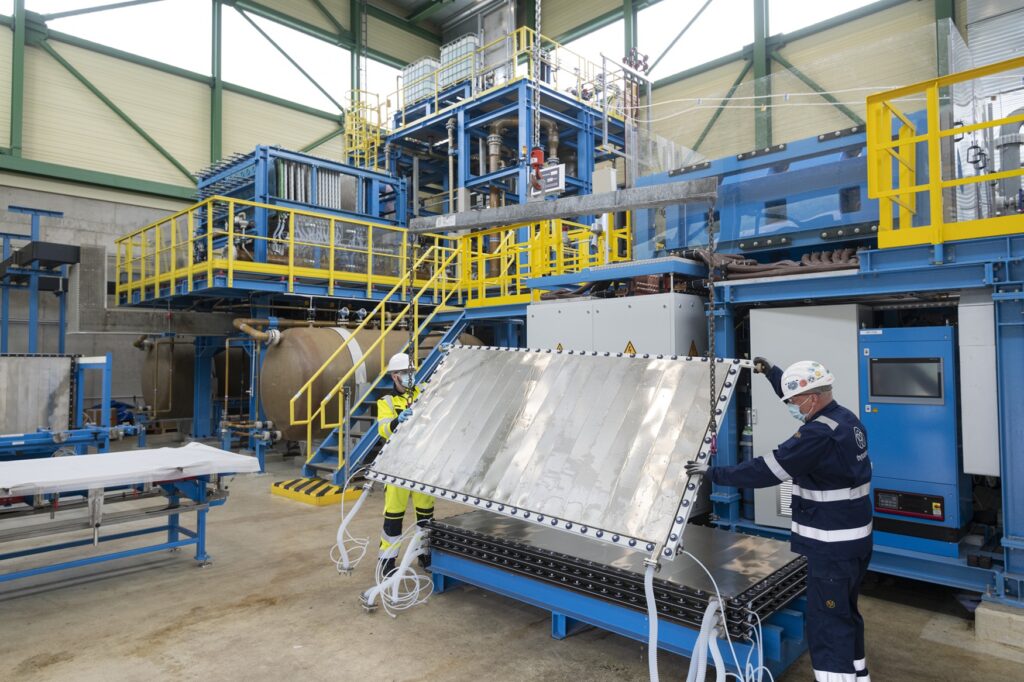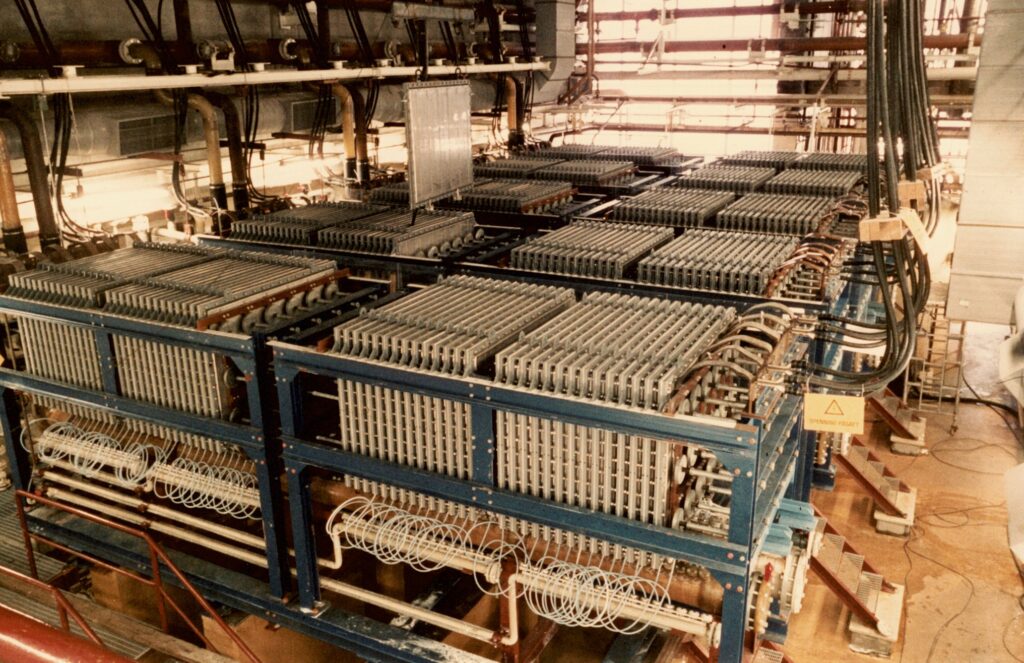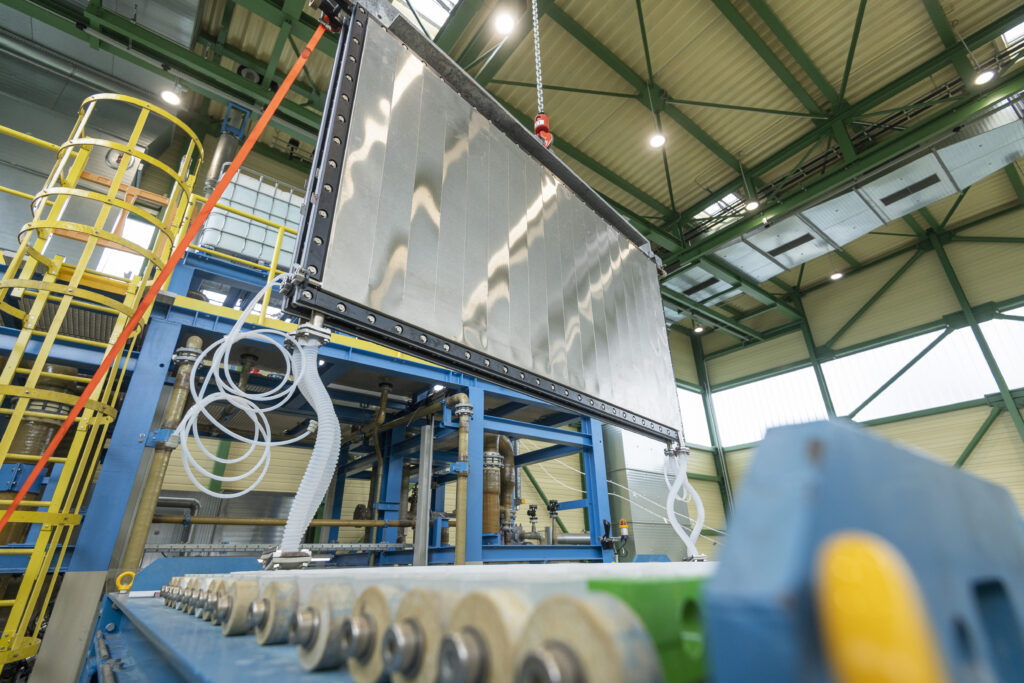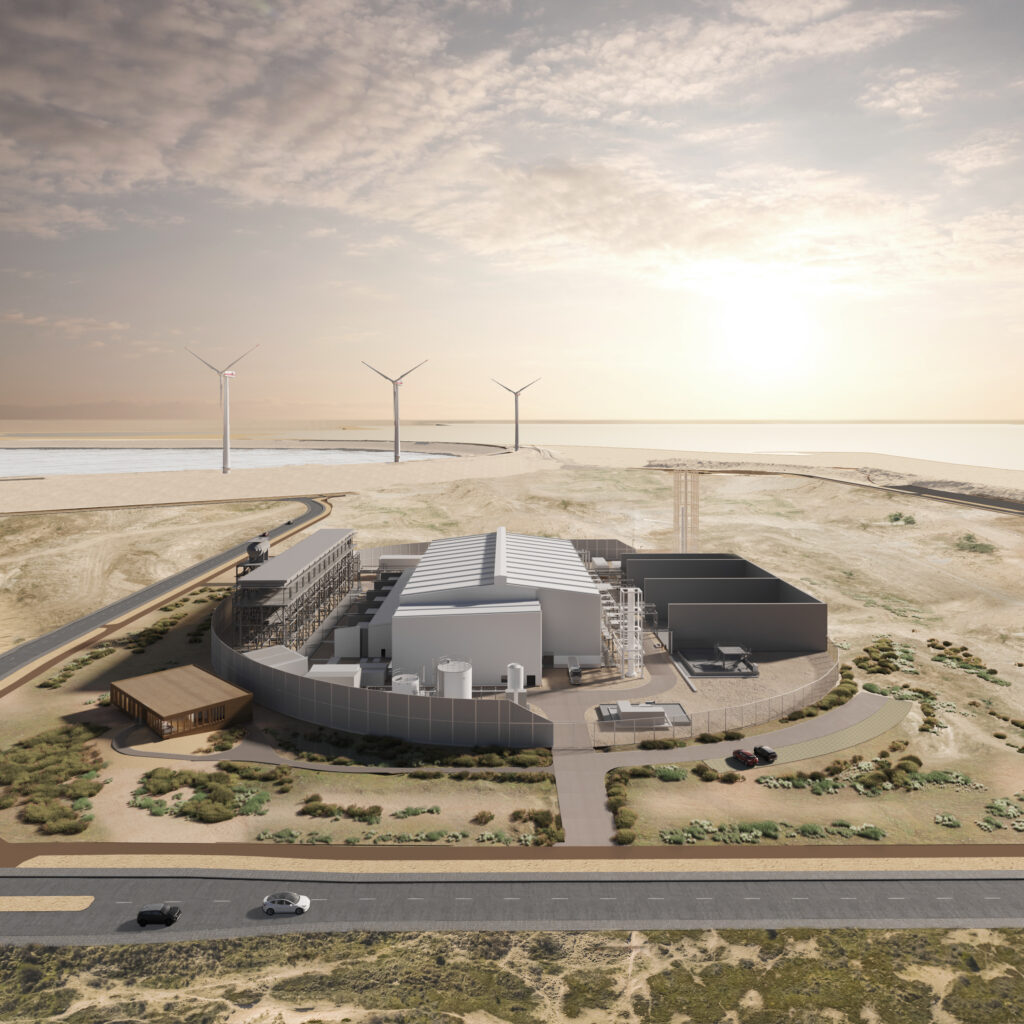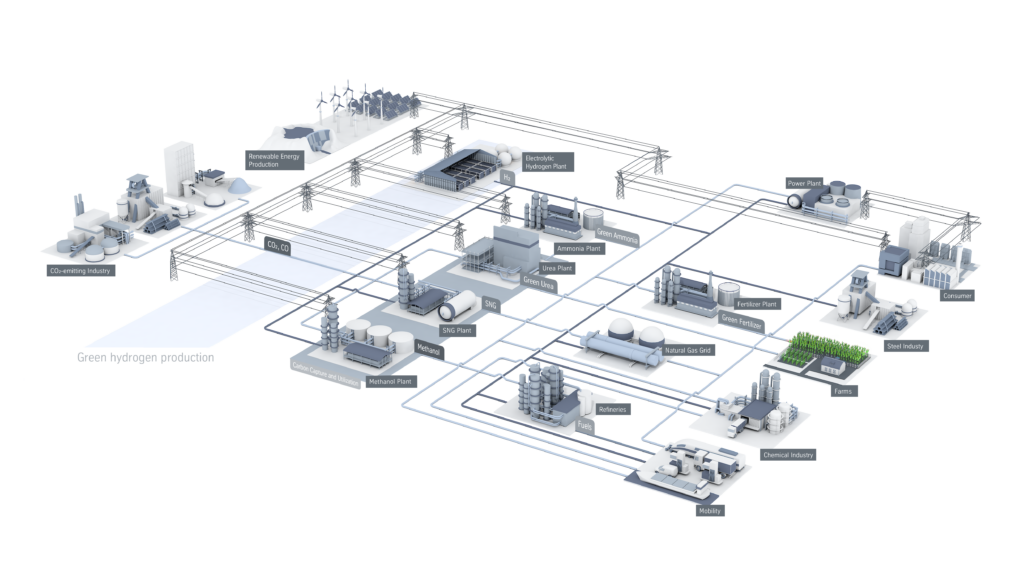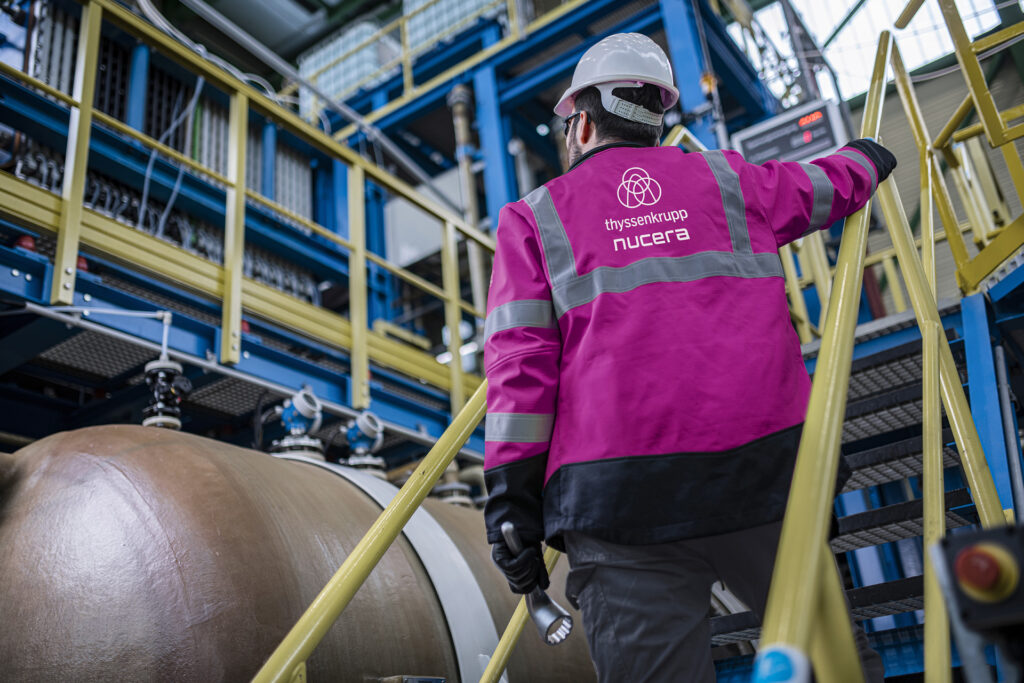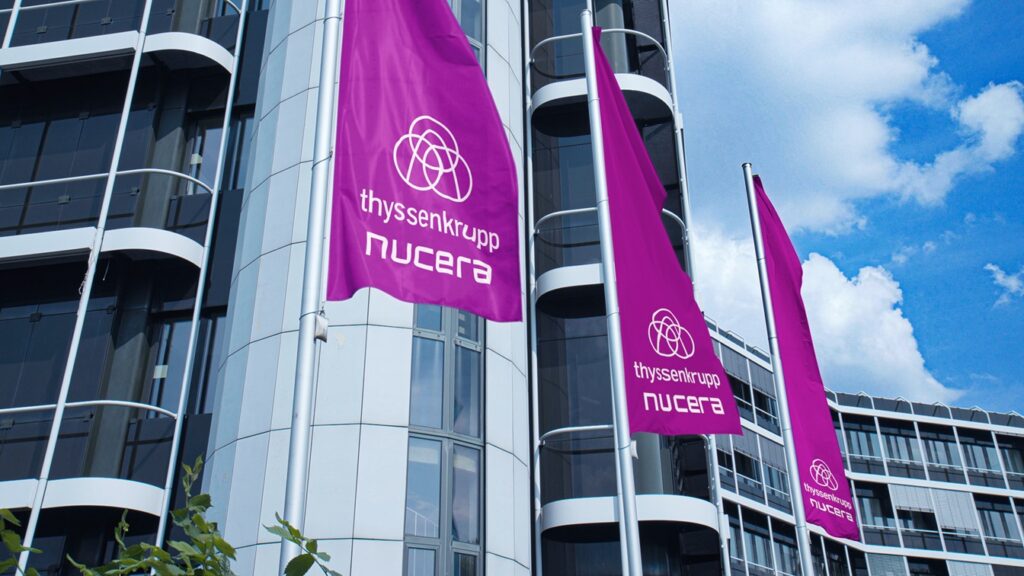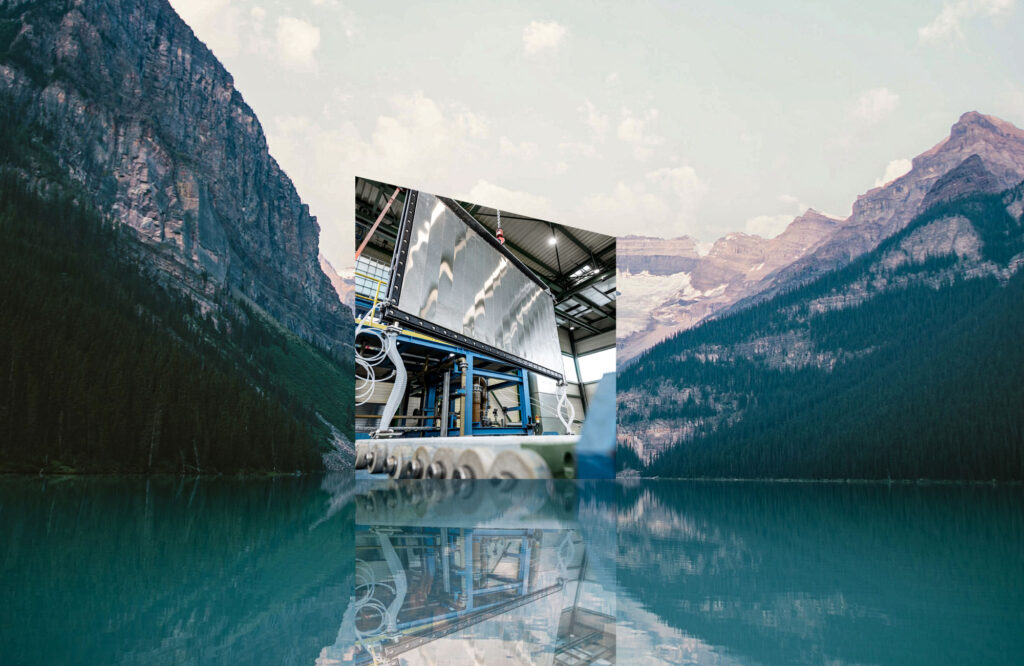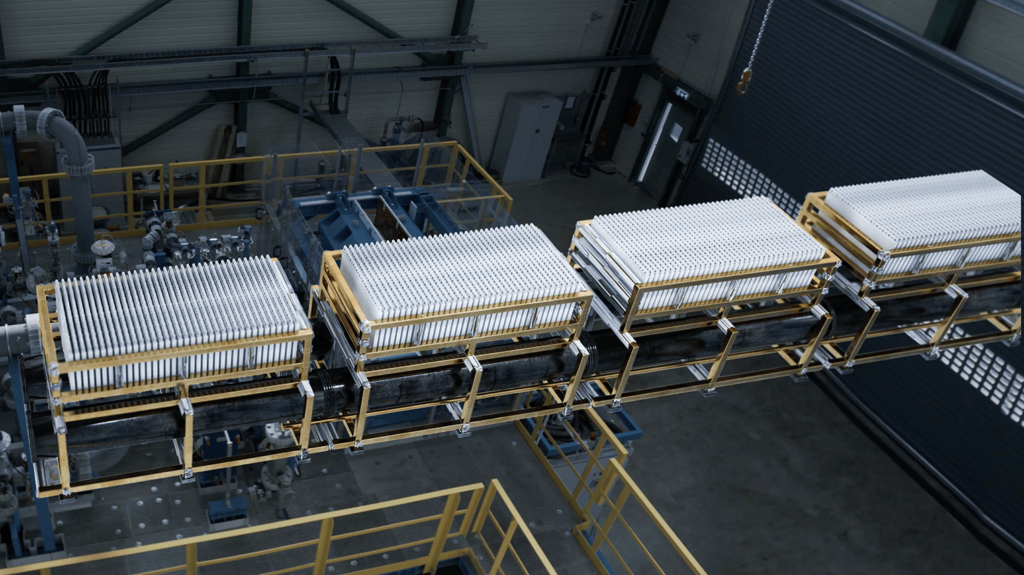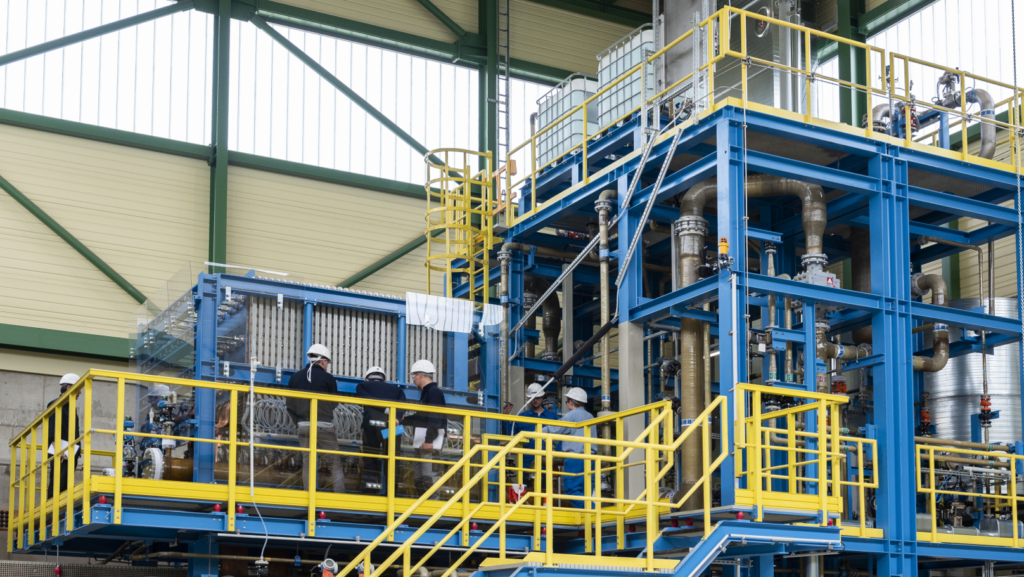Navigating the Complexities of Hydrogen Measurements
Have you ever gone to the supermarket and bought 1 kilowatt-hour (kWh) worth of bananas? Or perhaps 1 m³ or 1 mol? More likely, you’d simply buy a kilogram or a bunch of bananas. It can be quite confusing, right? Well, that’s exactly what happens when it comes to measurements in the hydrogen world.
It is worth noting that both the USA and the EU have established targets and national strategies for hydrogen, recognizing its substantial production volumes. Let’s take a closer look.
The Diverse Units for Hydrogen
The REPowerEU plan, proposed by the European Commission, aims to produce 10 million tons of hydrogen by 2030, with an additional 10 million tons to be imported. The strategy in the USA outlines the goal of producing 10 million tons of “clean” hydrogen by 2030. According to Germany’s federal government, the estimated hydrogen demand by 2030 ranges from 95 to 130 TWh. When discussing storage capacities, such as salt caverns, they are often stated in m³. In the chemistry field, we commonly use the unit “mol” to quantify the number of particles in a reactant or product. Thus, various units can be employed to describe quantities of hydrogen.
Differentiating Between Unambiguous and Reference-Dependent Units
Different units can be used to specify the quantity of hydrogen, with four common options: volume (m³, l), weight (kg, t), amount of substance (mol) and energy units (kWh, J). You may wonder what the problem is. Having multiple ways to specify the quantity of hydrogen seems beneficial, right? Well, not all units are inherently better or worse than others – each unit comes with its own advantages and disadvantages. However, to establish a common understanding of the quantity of hydrogen, to ensure comparability of requirements, goals, and projects, and to avoid ambiguity, it is important to specify the quantity of hydrogen or grasp the meaning behind different specifications. In this context, we need to differentiate between two types of units: those that are always unambiguous and those that rely on a reference state, which are only unambiguous when specified alongside this very state.
Unambiguous units:
Substances, e.g. | Weight, e.g. |
|---|---|
mol | g |
kg | |
t |
Units that should be specified with their reference state:
Volume, e.g. | Energy, e.g. |
|---|---|
m³ | kWh |
l | TWh |
joule |
Weights and quantities of substances are inherently unambiguous. Whether it’s a kilogram or a mole, their values remain constant regardless of location, temperature, or pressure. This unchanging nature allows for direct comparison of data from different sources using the same units. However, other units can be more ambiguous. That’s why it’s important to specify a reference state in addition to the actual unit to provide context.
Let’s take volume as an example to further illustrate this concept. According to the ideal gas law, the volume of a gas is influenced by pressure and temperature. Simply specifying the volume (e.g., m³) alone is insufficient to define a quantity of hydrogen. To convert 10 m³ of hydrogen into kilograms, we need to know the values of pressure and temperature as well. Technically, these variables could have any values, making conversions and comparisons more complicated. That’s where a predefined reference state is essential.
The norm state, commonly used for gases, is defined by specific norm conditions: 0°C and 1.013 bar. This state is so widely adopted that the unit for gases is often expressed as norm cubic meters (Nm³). By referring to a norm state, we simplify discussions. Instead of saying “5m³ of hydrogen at 0°C and 1.013 bar,” we can simply state “5 Nm³.” This standardized approach streamlines communication and facilitates accurate conversions and comparisons.
Understanding Energy Units and Heating Value
The heating value provides important context when quantifying hydrogen in terms of energy. The same concept applies when expressing hydrogen quantities in energy units. While hydrogen is not typically expressed in energy, there may be instances where you want to quantify it in energy (e.g., TWh). In such cases, the usable energy, known as the reaction energy or heating value, is determined based on the stoichiometric and complete reaction of hydrogen with oxygen (R1: H2+0.5O2 H2O). The heating value depends on the temperature of the reactants (H2 and O2) and the product (H2O). For example, if hydrogen (H2) and oxygen (O2) are at 100°C after the reaction, but the product water (H2O) is at 2,000°C, the usable energy will differ compared to reversed temperatures. Pressure considerations can also be taken into account.
Comparing two quantities of hydrogen specified in energy units without knowledge of pressure and temperature assumptions (reference conditions) is not straightforward. Standard conditions of 25°C and 1 bar are widely accepted for energy units. Under these conditions, it is assumed that both the reactants before the reaction and the product at the end of the reaction are present. While the reactants (H2 and O2) are gases and typically remain gaseous in normal applications, the situation is different for the product (H2O). Water can exist as both a liquid and a gas under standard conditions. Converting water from a liquid to a gaseous state requires substantial energy. This distinction significantly impacts the theoretically usable energy of hydrogen. If water leaves the reaction in liquid form, the enthalpy of vaporization of water contributes to the usable energy, referred to as the higher heating value. On the other hand, if water leaves the reaction in gaseous form, the evaporation energy of water cannot be utilized, resulting in the lower heating value.
Both heating values can be used, but you should clearly state which value is being referring to. The higher heating value of hydrogen is 39.4kWh/kg, the lower heating value of hydrogen is 33.3kWh/kg. This results in a difference of around 20%. When comparing two quantities of hydrogen that are specified in energy units (e.g. TWh), this 20% difference can lead to errors if the two figures do not refer to the same reference state. It is worth taking a closer look here. Publications often state at the beginning to which reference state later data refers. This is the case, for example, with the Australian hydrogen strategy, where it is pointed out that the information regarding the energy content of hydrogen always refers to the lower heating value of 120 MJ/kg.
The Impact of Water State on Usable Energy
The key takeaway is that while there are various units to describe hydrogen quantities, meaningful comparisons can only be made when a specific unit or a unit with a reference state is used. For instance, 33.33 MWh of hydrogen corresponds to 1 ton of hydrogen when referring to the lower heating value, whereas it equals 0.85 tons when considering the higher heating value. This clear difference underscores the necessity of precision when specifying units and reference states. Keep this in mind when comparing hydrogen quantities. Fortunately, buying bananas in the supermarket is much easier, isn’t it?

